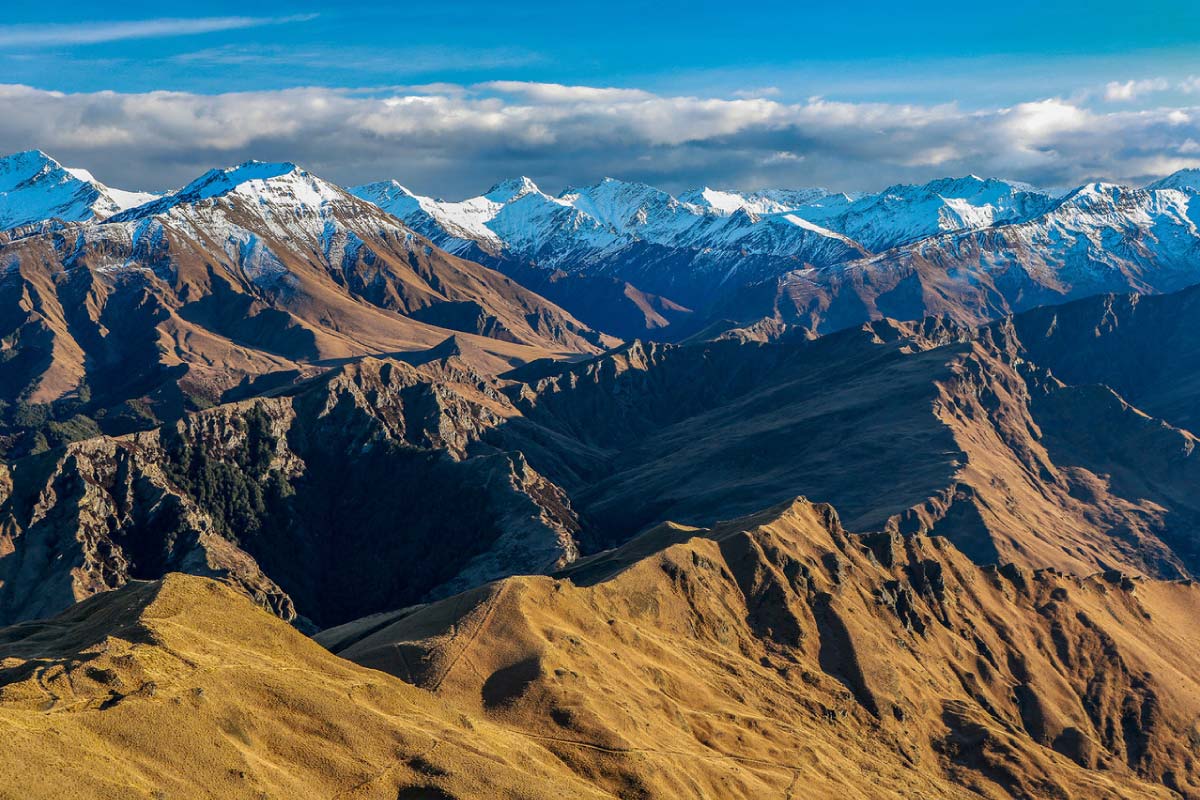About Southern Lakes Sanctuary
All is not what it seems
The dazzling lakes, rivers and mountains that characterise the catchments of Lakes Wānaka and Whakatipu hide a terrible secret. Rather than being places of refuge and safety for indigenous wildlife, these mountains, forests and rivers are overrun with introduced mammalian predators that are wreaking havoc on our natural taonga.
Many indigenous species now cling on in isolated relict populations, with a significant number of these only surviving through the dedicated efforts of volunteer groups and concerned corporate citizens that run predator control projects. But these relatively small projects are not enough to ensure the long-term survival of Aotearoa New Zealand’s unique wildlife.
Biologists have long understood that small, isolated populations of rare species are at greater risk of tumbling like dominoes, falling one by one until eventually they are extinct. The best way to stop this is to protect larger areas, which is the drive behind the Predator Free 2050 initiative: to protect all of Aotearoa.
This will not be easy, practically or financially; the next best thing is to connect smaller populations in smaller areas to increase the resilience of the overall population.


More than the sum of the parts
The consortium of groups that established the Southern Lakes Sanctuary had been talking since 2018 about how they could collectively achieve more for conservation than they were achieving individually. They saw the Southern Alps, the great lakes and the major rivers acting as barriers against predators.
A vision evolved, of linking the groups up on a regional scale inside these barriers: that vision is now the reality of the Sanctuary. A technical report was commissioned in 2019 concluded that if landscape scale protection was established, protection of “…threatened indigenous wildlife would be achieved that has no equal in any other region in New Zealand.” (Wildlands 2020). The Wildlands report convinced the consortium it could and would be done: the problem was funding. Then COVID-19 happened.
From adversity comes opportunity
Tourism in Queenstown and Wānaka – a major contributor to these economies – was decimated by COVID-19. Among the economic stimulus packages from central Government to heal the COVID wounds was the Mahi mō te Taiao / Jobs for Nature initiative, administered by DOC.
The consortium of trapping groups was encouraged to think big, focus on the triple bottom line of jobs, spending in the local economy and biodiversity conservation, and apply for funding. The application was successful: this was the lift-off point for the Southern Lakes Sanctuary.
